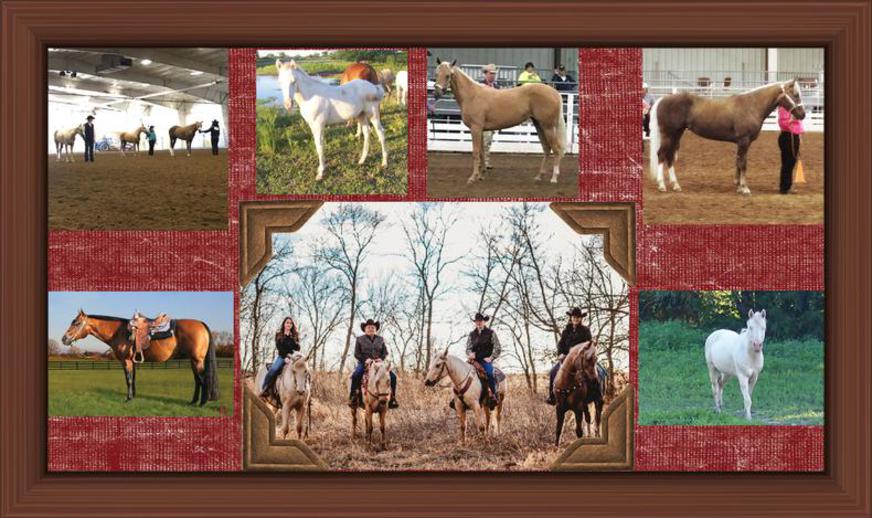The Only Dumb Question Is the One Not Asked
by Karen Tharp on 08/01/11
I encourage anyone that
has a question to email or post it! I’ll
do my best to answer them all. I have
decided to share some of the questions from time to time. If you send me a question and don’t want it
shared just let me know!
This is a question I received
today in my email.
QUESTION: We have a 17-month-old mare black
and white, going to be a pretty gal when she grows up. I am too big to ride her
and she is too young, that's for sure. But, is it safe for a kid about 9 or 10
to ride her? I am talking about the horse's safety. They don't weigh that much.
I am talking about riding every now and then just for a few minutes. The horse
is very gentle. Believe it or not these kids know how to ride. The girls weigh is less than 50 pounds. These small girls
have ridden this small mare before and the horse minds really well. The horse
didn't need any bits, just a halter and most of the time they rode bareback.
Again is this a safe thing for the horse?
REPLY: The
straight answer: not really. See....it's not about them accepting this at that
age, but about the crucial growth plates in their legs have not closed up yet.
Think of the growth plates in the
young horse's legs as like the fontanel in a newborn human. If you have had children,
then you'll know what I'm talking about -- the "soft spot" we're real
careful not to injure in human babies' skulls... That fontanel in the human
baby is indeed a "growth plate," much like what you'll find in the
young horse's legs and other parts of their bodies. In the human baby it is
there for a couple of reasons: 1) to allow the baby's head to
"squash" if needed, to pass through a small birth canal -- the growth
plates can actually push together to allow for that contracting if needed; if a
baby's head were solid and did not have this fontanel/growth plate, many would
potentially die in childbirth, getting stuck there -- or brain damaged from the
trauma; 2) to allow for the tremendously rapid growth the baby's skull makes in
the first year of life, the fastest it will ever grow, more than any other year
of that child's life. In the human baby, the fontanel (growth plate) will
naturally close up by itself (solidify) around the age of 1. Until then, it
must be kept protected or the baby can be brain damaged if struck/injured
there, because there's not much protecting the baby's brain in that soft
spot (if they get struck there, or dropped on it, etc.).
Okay...the growth plates in a young,
growing horse works in much the same way. The foal's legs grow very, very
rapidly and do most of their growth within the first 2 years. So...nature set it
up to allow for that -- these growth plates in the young horse's legs are
virtual "soft spots" if you want to think about it like that, and
very, very malleable and vulnerable to damage if weight is put on them too
young. Even 50 lbs of weight is more than that growth plate is designed to take
until it solidifies naturally. There is nothing wrong with getting a light
weight pad or even a light weight synthetic saddle, like maybe 15 pounds-ish
and let them used to that, but no one should be climbing on the back of a
17-month-old-horse. No matter how much the foal seems to like it or how
irresistible it seems at the time. You can and will do potential permanent
damage to those growth plates, and unfortunately, the damage, once done, is permanent.
And it contributes to early lameness and structural issues in life.
So...resist the urge and stay off
this filly and only until your vet signs off on this, via examining that
the growth plates in the legs are finally closed off after age two or beyond
(some vets recommend X-raying for that) should you then allow for light
weight on the back, child being fine. This is serious stuff and I have seen
many good horses get ruined because they were started too young. Remember this
once damaged, it is then permanent, and it can also cause the horses to have
chronic problems the rest of their lives. The long way is the short way here!
The longer you wait; remaining patient and protective, the better off the horse
will be for the longer run.
I know this is probably not what you want to hear, but it is what you need to
hear. :) I speak for the horse.
I hope this will help others, If I find the question interesting, I thought
others might wonder the same thing. Have
a great day!










